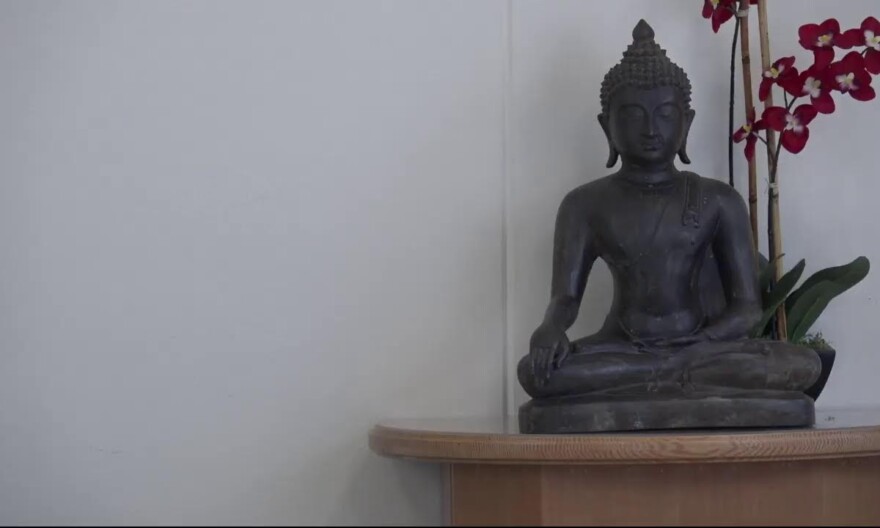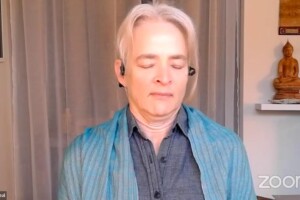
Welcome to the 14th installment of our ongoing series on guided meditation! In today’s post, we will dive deep into the world of emotions and how mindfulness can help create room for them. As you continue on this transformative journey, we invite you to explore your own capacity for emotions and discover the power of mindfulness in navigating them. So, settle into a comfortable space and allow yourself to fully embrace the present moment. This is your opportunity to cultivate a deeper understanding of the emotions that color your life. Are you ready to embark on this enlightening exploration? Let’s begin.
Introduction to Mindfulness: Exploring Your Capacity for Emotions
In today’s fast-paced world, it’s easy for our emotions to get the best of us. Whether it’s stress, anxiety, or even joy, sometimes our emotions can be overwhelming. However, with the practice of mindfulness, we can learn to create room for our emotions and cultivate a healthier relationship with them. In this guided meditation, we will explore your capacity for emotions and introduce you to the transformative practice of mindfulness.
Guided Meditation: Room for Emotions
During this guided meditation, we will focus on creating a safe space within yourself to acknowledge and hold your emotions. Through this practice, you will develop the capacity to sit with your emotions without judgment, allowing them to be present without being consumed by them. Find a comfortable position where you can fully relax and settle in.
- Begin by taking a deep breath in, filling your lungs with air, and slowly exhaling, letting go of any tension or worries.
- Close your eyes and bring your attention to your breath. Notice the natural rhythm of your breath, without trying to control or change it.
- As thoughts and distractions arise, gently acknowledge them and let them pass by, like clouds moving across the sky.
- Now, shift your attention to your body. Notice any physical sensations or areas of tension. Take a moment to observe them without judgment.
- With each exhale, imagine yourself releasing any tension or discomfort that you may be holding onto in your body.
- Now, bring your attention to your emotions. Notice what emotions are present within you right now.
Exploring Your Emotional Landscape
Take a moment to explore the emotions that are present within you. Are you feeling happiness, sadness, anger, or perhaps a mix of different emotions? Allow yourself to fully experience these emotions without trying to change or suppress them. Remember, emotions are a natural part of being human, and they all have a purpose in our lives. Embrace them with kindness and curiosity.
As you continue to breathe, imagine creating a spacious container within yourself, where these emotions can freely arise and dissolve. Visualize this container expanding with each breath, providing ample room for any emotions that may arise. Give yourself permission to feel whatever emotions come up, knowing that you have the capacity to hold them with compassion.
The Power of Mindfulness
Mindfulness, the practice of being fully present and aware in the present moment, is a powerful tool for developing a deeper understanding of our emotions. By cultivating mindfulness, we can develop the capacity to observe our emotions without becoming lost in them. This allows us to respond to our emotions rather than react impulsively.
Through mindfulness, we can bring a sense of calm and acceptance to our emotional experiences. Instead of getting caught up in the stories and narratives surrounding our emotions, we can simply witness them as they come and go, like passing waves in the ocean. This practice cultivates a sense of clarity and equanimity, enabling us to navigate our emotions with greater ease.
Conclusion
As we conclude this guided meditation, take a moment to recognize the progress you have made in exploring your capacity for emotions. Remember that mindfulness is a lifelong practice, and each time you engage in it, you are fostering a deeper connection with yourself and your emotions. Embrace the process with patience and kindness, and allow yourself to continue growing and evolving on this mindfulness journey.
Visit our website for more information about mindfulness and our center’s offerings. You can donate to our center online or join our community to contribute to our cause. Stay connected with our center by exploring our website for additional audio talks and resources. We appreciate your support and look forward to accompanying you on your mindfulness journey.
FAQ
-
How can mindfulness help me navigate my emotions?
By practicing mindfulness, you can develop the ability to observe your emotions without being overwhelmed by them. This allows you to respond to your emotions in a more intentional and balanced manner. -
Can mindfulness help with anxiety and stress?
Absolutely! Mindfulness has been found to be effective in reducing anxiety and stress by promoting relaxation and providing tools to manage challenging emotions. -
How often should I practice mindfulness?
It’s recommended to practice mindfulness regularly, ideally daily, to reap the full benefits. However, even a few minutes of mindfulness practice can make a difference. -
Can I practice mindfulness on my own?
Yes, mindfulness can be practiced individually. You can find guided meditations and resources on our website to support your independent mindfulness practice. -
Can mindfulness enhance my overall well-being?
Yes, mindfulness has been shown to promote overall well-being by reducing stress, improving focus and attention, and fostering a greater sense of self-compassion and acceptance.





